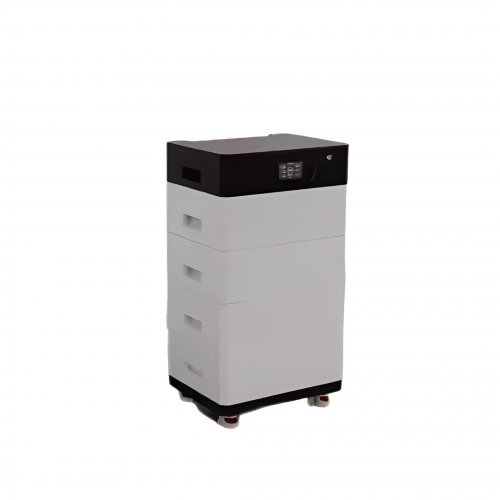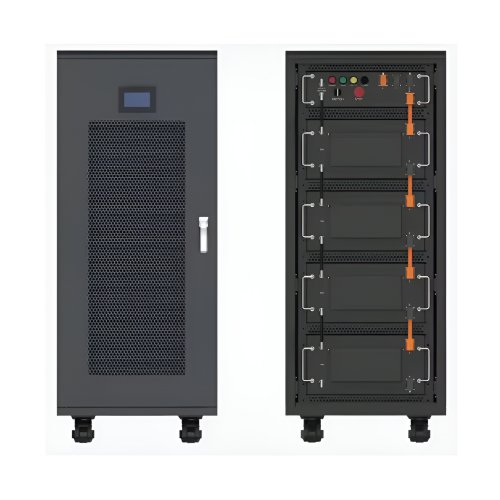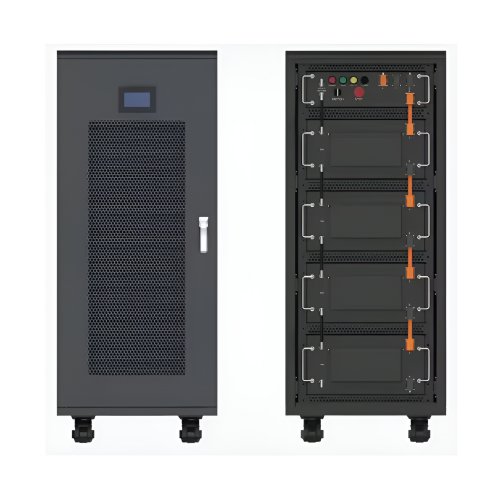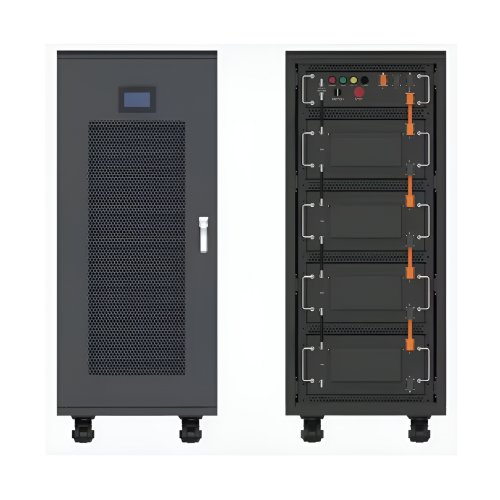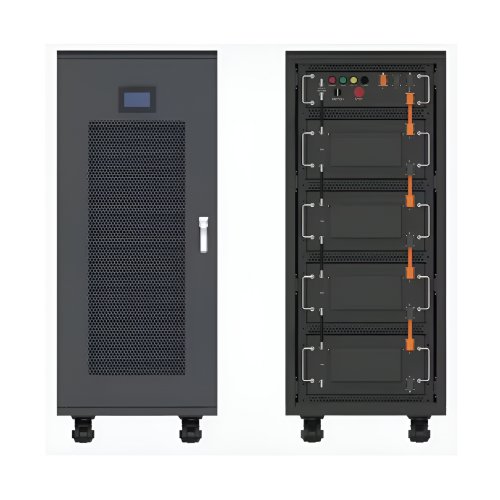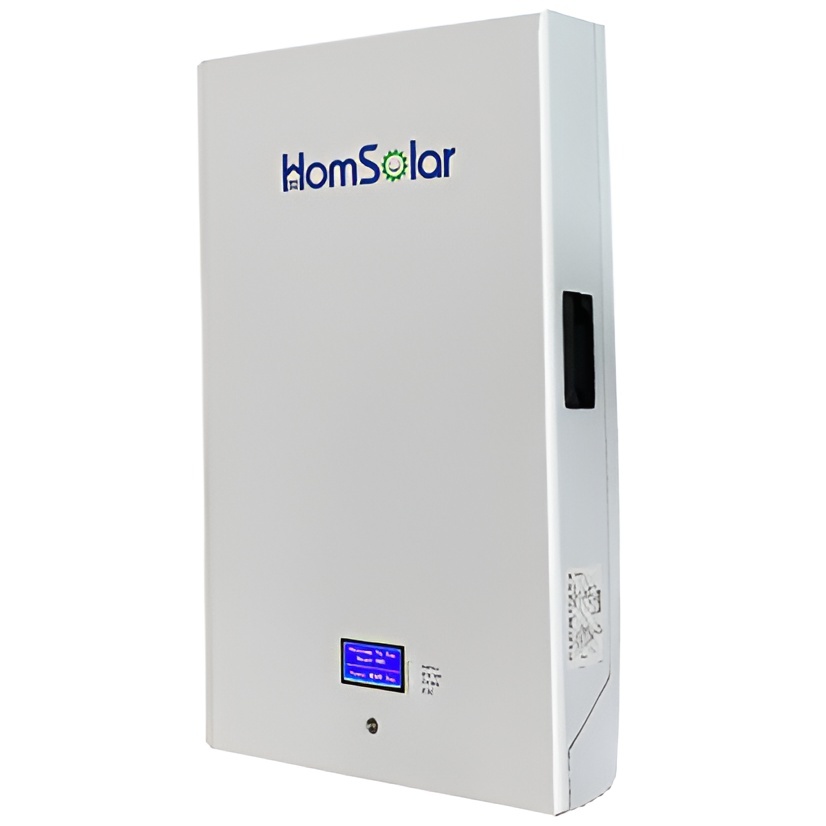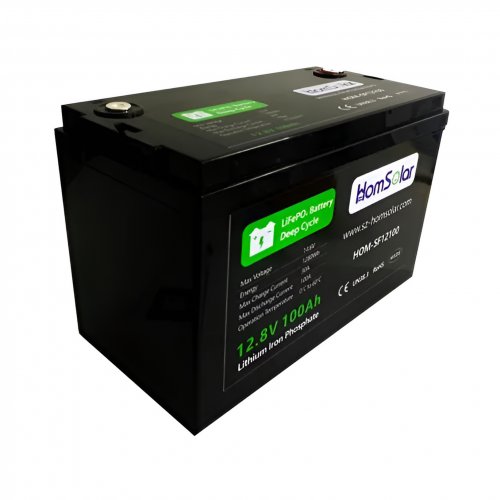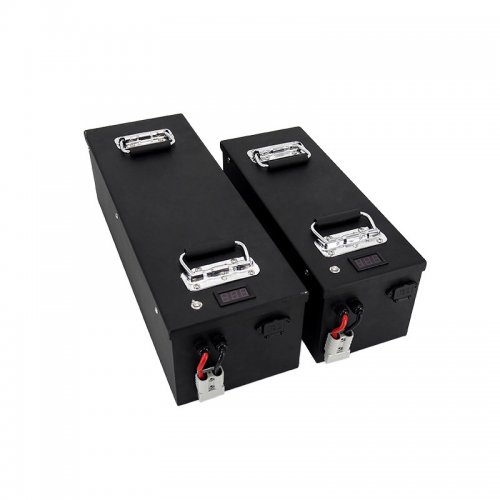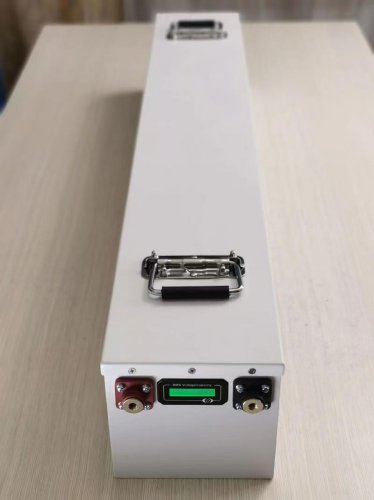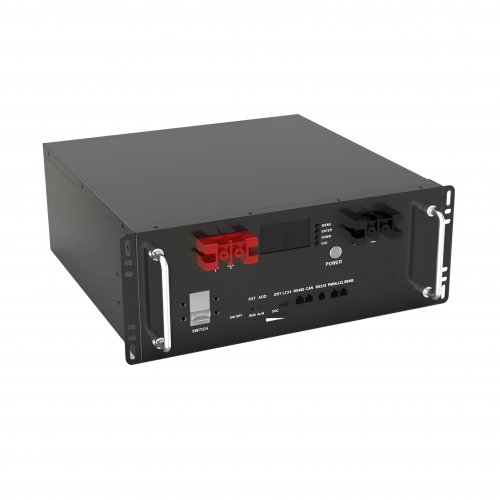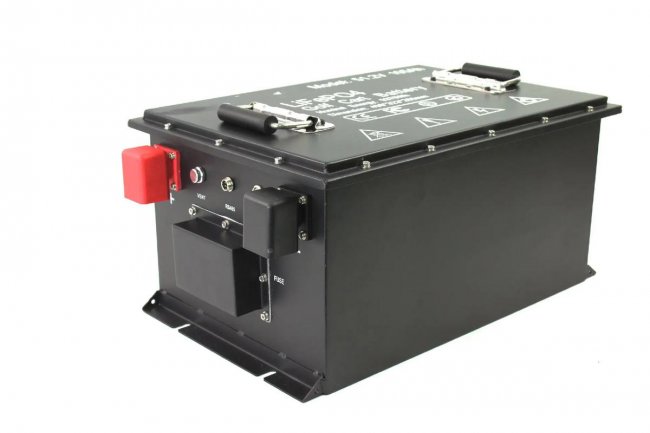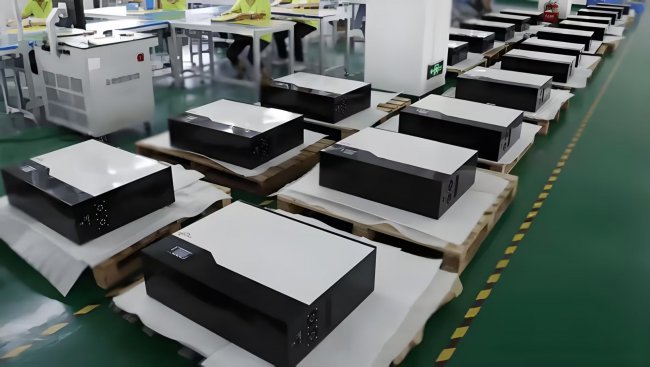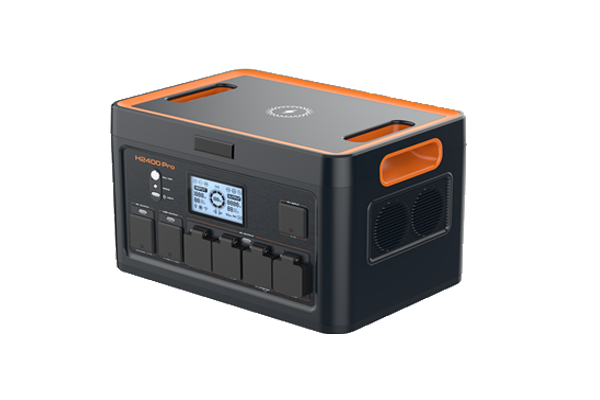Advances In Ionic Conductivity: Unlocking The Future Of Energy Storage And Beyond
Ionic conductivity, the fundamental property of a material to facilitate the movement of ions, stands as a cornerstone of modern electrochemistry. It is the critical parameter dictating the performance of a vast array of technologies, from the solid-state batteries powering the next generation of electric vehicles to the membranes enabling clean hydrogen production in fuel cells. Recent years have witnessed an unprecedented surge in research, leading to groundbreaking discoveries and a redefinition of what is possible in the realm of fast ion transport. This article explores the latest advancements in enhancing ionic conductivity, focusing on novel material classes, innovative engineering strategies, and the promising future they herald.
The Solid-State Revolution: Beyond Liquid Electrolytes
The most fervent area of research has been in solid-state ionics, driven primarily by the quest for safer, higher-energy-density batteries. Traditional lithium-ion batteries rely on flammable liquid electrolytes, which pose safety risks and limit energy density. Solid-state batteries (SSBs), employing solid electrolytes (SEs), promise to overcome these hurdles. The central challenge, however, has been to develop solid materials with ionic conductivities rivaling or exceeding their liquid counterparts.
A major breakthrough has been the development and understanding of superionic conductors. Among these, sulfide-based solid electrolytes like `Li₁₀GeP₂S₁₂` (LGPS) and its derivatives have set remarkable benchmarks, achieving lithium-ion conductivities exceeding 10⁻² S/cm at room temperature, which is comparable to organic liquid electrolytes (Kamaya et al., 2011). The key to their performance lies in their unique crystal structures, which provide interconnected, low-energy migration pathways for Li⁺ ions. Recent work has focused on elemental substitution—replacing Ge with Sn or Sb—to enhance both conductivity and electrochemical stability (Kato et al., 2016).
Simultaneously, halide solid electrolytes, such as `Li₃YCl₆` and `Li₃YBr₆`, have emerged as a highly promising class. They exhibit excellent ionic conductivity (10⁻³ to 10⁻⁴ S/cm) and, crucially, demonstrate superior oxidative stability against high-voltage cathode materials like lithium cobalt oxide (LiCoO₂) and lithium nickel manganese cobalt oxide (NMC) (Asano et al., 2018). This intrinsic stability simplifies cell design and could enable the use of cathodes with higher operating voltages, directly boosting energy density.
Beyond lithium, the "beyond-Li" paradigm has spurred research into divalent cation conductors. The development of solid electrolytes for magnesium, calcium, and zinc ions is progressing rapidly. For instance, magnesium borohydride-based complexes and metal-organic frameworks (MOFs) have shown promising Mg²⁺ conductivity, opening a path for multivalent batteries that could offer higher volumetric energy densities than lithium-based systems (Mohtadi et al., 2020).
Novel Material Systems and Engineering Paradigms
The pursuit of high ionic conductivity is no longer confined to traditional ceramic or glassy materials. Several novel platforms have demonstrated extraordinary potential.
1. Composite and Heterostructured Electrolytes: Researchers have moved beyond homogeneous materials to engineer interfaces where enhanced conductivity occurs. The concept of "interface engineering" has proven powerful. For example, creating heterostructures between two different ionic conductors, such as `Li₃PO₄` and `Li₃BO₃`, can lead to an interfacial region with ionic conductivity several orders of magnitude higher than in the bulk of either parent material (Ma et al., 2014). Similarly, polymer-ceramic composite electrolytes leverage the flexibility of polymers and the high conductivity of ceramics, creating a continuous ion-conducting network that also improves mechanical robustness.
2. Quasi-Solid-State and Gel Electrolytes: Bridging the gap between liquids and solids, gel polymer electrolytes (GPEs) and deep eutectic solvents (DESs) have gained traction. These systems immobilize a liquid electrolyte within a solid or semi-solid matrix, retaining high ionic conductivity while mitigating leakage and improving safety. Recent work on in-situ polymerized GPEs has shown excellent interfacial contact with electrodes, a chronic challenge for rigid solid electrolytes.
3. The Rise of Proton Conductors for Energy Conversion: Ionic conductivity is not limited to metal cations. High-performance proton conductors are vital for proton-exchange membrane fuel cells (PEMFCs). While Nafion remains the industrial standard, its performance decays at low humidity and high temperatures. Recent advancements include the development of sulfonated aromatic polymers and metal-organic framework (MOF)-based proton conductors. Certain MOFs, when loaded with proton carriers like imidazole, can exhibit "superprotonic" conductivity, where the proton hopping mechanism becomes exceptionally efficient at specific temperature and humidity ranges (Horike et al., 2009).
4. Two-Dimensional and Nanoconfined Materials: The exploration of 2D materials like graphene oxide (GO) and MXenes has revealed intriguing ion transport phenomena. Nanochannels within these layered materials can be engineered to exhibit ultrafast and selective ion transport. This is not only relevant for miniaturized energy devices but also for applications like ion-selective membranes and osmotic power generation.
Characterization and Computational Breakthroughs
Progress in ionic conductivity is deeply intertwined with advances in characterization and simulation. Techniques such as solid-state nuclear magnetic resonance (NMR) spectroscopy and cryo-electron microscopy (cryo-EM) are now being used to directly visualize ion distributions and probe the atomic-scale structure of grain boundaries and interfaces, which are often the bottlenecks for ion transport.
Furthermore, computational materials science, powered by density functional theory (DFT) and machine learning (ML), has become indispensable. High-throughput computational screening allows researchers to predict the ionic conductivity and stability of thousands of candidate materials before synthesis (Sendek et al., 2017). Machine learning models are being trained on existing materials data to identify novel descriptors and design rules for next-generation superionic conductors, dramatically accelerating the discovery cycle.
Future Outlook and Challenges
The future of ionic conductivity research is vibrant and multidisciplinary. Several key directions are poised to define the coming decade:Anion Conductivity: The development of high-performance anion (e.g., oxide ion, fluoride ion) conductors is critical for solid oxide fuel cells (SOFCs) and emerging fluoride-ion batteries.Multi-Ion and Selective Transport: Designing materials that can conduct multiple ion types or are highly selective for a specific ion will be crucial for complex applications like desalination, bio-sensing, and neuromorphic computing, where ion transport mimics neural signals.Interface Dominance: As devices shrink and move to all-solid-state architectures, the interface will dominate overall performance. Future work must focus on engineering atomically precise, stable interfaces between electrolytes and electrodes.Sustainability: The search for earth-abundant, non-toxic, and easily recyclable solid electrolytes will be paramount for the large-scale deployment of new technologies.
In conclusion, the field of ionic conductivity is experiencing a renaissance. The convergence of new material discoveries, sophisticated interface engineering, and powerful computational tools is pushing the boundaries of ion transport. The ongoing breakthroughs are not merely incremental; they are foundational, paving the way for a new era of energy storage, conversion, and electronic devices that are safer, more efficient, and more powerful than ever before. The journey from fundamental understanding to technological realization continues at an exhilarating pace, promising to unlock a future powered by the seamless flow of ions.
References (Examples):Asano, T., et al. (2018). Solid halide electrolytes with high lithium-ion conductivity for application in all-solid-state batteries.Advanced Energy Materials, 8(15), 1803075.Horike, S., et al. (2009). High Proton Conduction in a Chiral Metal-Organic Framework.Advanced Materials, 21(23), 2402-2405.Kamaya, N., et al. (2011). A lithium superionic conductor.Nature Materials, 10(9), 682-686.Kato, Y., et al. (2016). High-power all-solid-state batteries using sulfide superionic conductors.Nature Energy, 1(4), 16030.Ma, C., et al. (2014). Atomic-scale origin of the large grain-boundary resistance in perovskite Li-ion-conducting solid electrolytes.Energy & Environmental Science, 7(5), 1638-1642.Mohtadi, R., et al. (2020). The metamorphosis of rechargeable magnesium batteries.Joule, 4(6), 1161-1177.Sendek, A. D., et al. (2017). Holistic computational structure screening of more than 12,000 candidates for solid lithium-ion conductor materials.Energy & Environmental Science, 10(1), 306-320.
Customized/OEM/ODM Service
HomSolar Supports Lifepo4 battery pack customization/OEM/ODM service, welcome to contact us and tell us your needs.


HomSolar: Your One-stop LiFePO4 Battery Pack & ESS Solution Manufacturer
Our line of LiFePO4 (LFP) batteries offer a solution to demanding applications that require a lighter weight, longer life, and higher capacity battery. Features include advanced battery management systems (BMS), Bluetooth® communication and active intelligent monitoring.

Customised Lithium Iron Phosphate Battery Casing
ABS plastic housing, aluminium housing, stainless steel housing and iron housing are available, and can also be designed and customised according to your needs.

HomSolar Smart BMS
Intelligent Battery Management System for HomSolar Energy Storage System. Bluetooth, temperature sensor, LCD display, CAN interface, UART interface also available.


Terminals & Plugs Can Be Customized
A wide range of terminals and plugs can be customised to suit the application needs of your battery products.

Well-designed Solutions for Energy Storage Systems
We will design the perfect energy storage system solution according to your needs, so that you can easily solve the specific industry applications of battery products.



About Our Battery Cells
Our energy storage system products use brand new grade A LiFePO4 cells with a battery lifespan of more than 4,000 charge/discharge cycles.



Applications in Different Industries
We supply customized & OEM battery pack, assemble cells with wiring, fuse and plastic cover, all the cell wires connected to PCB plug or built BMS.
Applications: E-bike, Electric Scooter, Golf Carts, RV, Electric Wheelchair, Electric Tools, Robot Cleaner, Robot Sweeper, Solar Energy Storage System, Emergency Light, Solar Power Light, Medical Equipment, UPS Backup Power Supply.
We can provide you with customized services. We have the ability to provide a vertical supply chain, from single cells to pack/module and to a complete power solution with BMS, etc.


HomSolar (Shenzhen) Technology Co., Ltd







